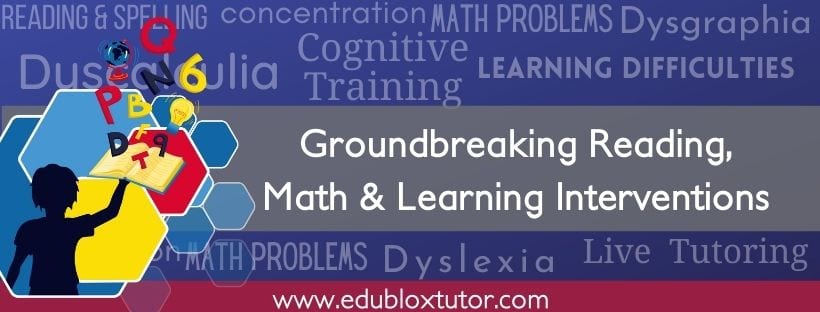
Parents who want their children to bring home better report cards might consider adding exercise to the daily schedule.
Researchers discovered kids who get more physical activity do better in school than children who don’t. Academic experts looked at 14 studies that measure exercise’s impact on mental performance. They found students who exercise more score higher on math, language, and memory tests.
Higher scores on math, language, memory
Researchers reviewed previous studies on students who participated in extended physical education classes and analyzed reports from students and parents on the amount of exercise received.
A study conducted in the U.S. followed a group of second and third-grade students who spent an extra 90 minutes per day in physical education class. These students scored higher on tests than less-active peers and kept their weight under control over the next three years. Other research projects showed similar results linking increased physical activity and classroom performance.
Scientists believe children who release excess energy through physical activity concentrate better in the classroom. Exercise also increases blood flow to the brain, provoking a sense of well-being. All but one of the 14 studies reviewed showed a correlation between the amount of exercise and school performance. Results from the latest research were published in the Archives of Pediatrics and Adolescent Medicine.
How much exercise is enough?
The American Heart Association recommends children get 20 minutes of recess each day and participate in formal physical education classes for at least two and a half hours each week. Most schoolchildren in the U.S. receive less than the suggested amount of exercise weekly. The research shows participating in team sports fails to provide enough activity to increase mental functioning because children spend much of their time inactive while waiting for their turn.
Surveys of U.S. school districts show only six states follow physical education guidelines suggested by the National Association of Sports and Physical Education, which recommends a minimum of 150 minutes weekly. Regarding mandatory recess time, only three states mandate 20 minutes daily for elementary students. Most school districts don’t have formal policies for physical education classes, and those with written guidelines often don’t follow them.
Increased focus on academic achievement and improving test scores led some school districts to cut physical activity in favor of more classroom time to meet state and federal testing standards. But, according to recent research, these tactics might be counterproductive and decrease a child’s ability to score higher on tests.
What can parents do?
Parents can address the lack of exercise at school by increasing the physical activity children get at home. For example, instead of driving children to school, youngsters can ride their bicycles to add physical activity to their daily schedule. The physical benefits of exercise have long been recognized, but now science shows it can also make children smarter.

